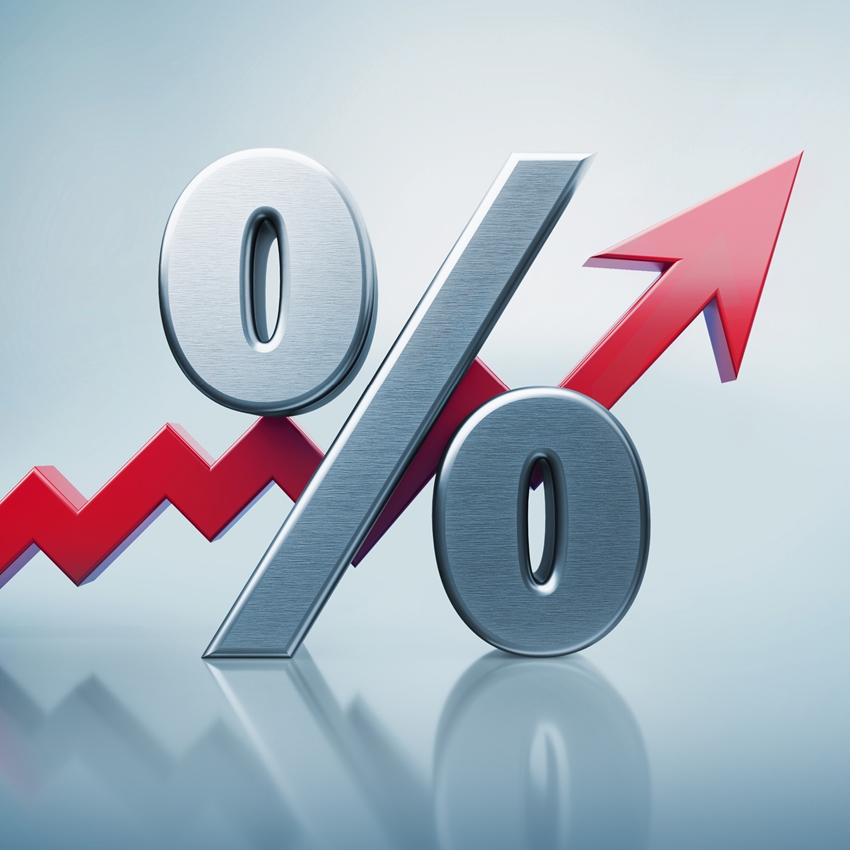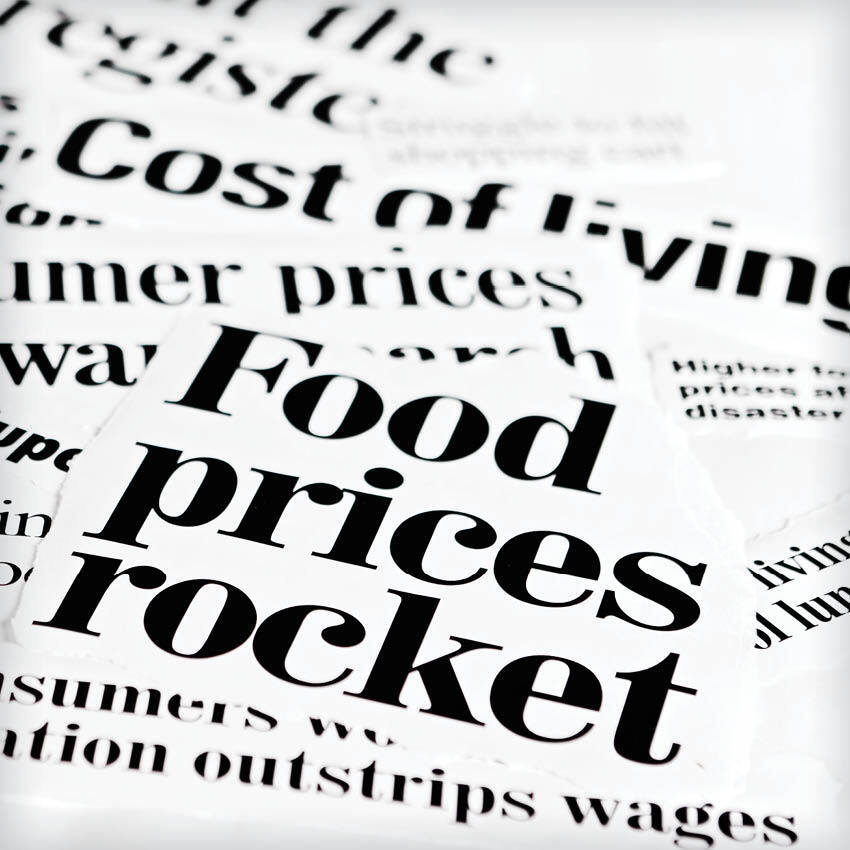Q4: Opportunities and Challenges for Retailers
Many retailers count on holiday sales for 20 to 30 percent of their annual sales, with some stores deriving even more annual revenue from the short time period between Thanksgiving and year-end. With that in mind, here is a cliff […]
Q4: Opportunities and Challenges for Retailers Read More »






![Living [and Shopping] Through Clouds of Emotion 7 SwayR Emotions](https://therobinreport.com/wp-content/uploads/2021/07/SwayR-Emotions.jpg)


